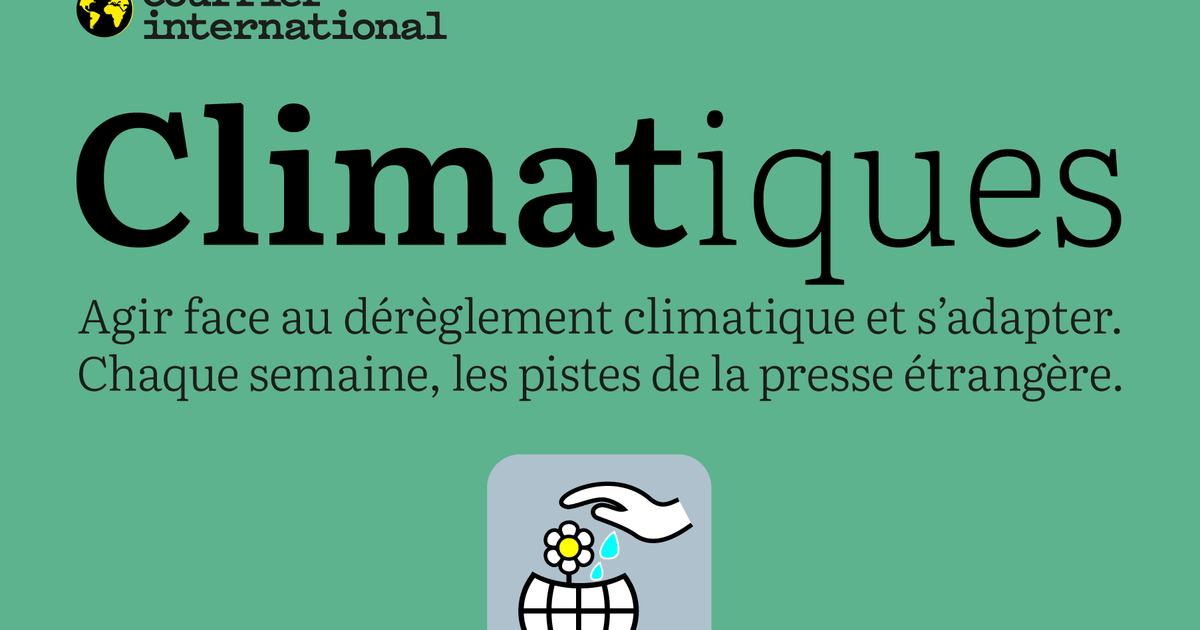What if megafires were a political issue?

The toll of the fires raging this summer in several European countries is unprecedented. According to estimates from the Copernicus Observatory, more than 1 million hectares have already gone up in smoke since the beginning of the year on the Old Continent.
Countries that had been relatively spared until now, such as Germany and the United Kingdom, have also been affected. In France, the Corbières fire, officially extinguished since August 28, has destroyed nearly 17,000 hectares. In Portugal, megafires have ravaged more than 200,000 hectares. But the death toll has been heaviest in Spain. In the northwest of the country, thousands of residents had to be evacuated, entire villages were reduced to ashes, and four people lost their lives fighting the flames. In the province of León and in Galicia, so-called "sixth generation" fires, whose speed of spread makes them impossible to contain, have consumed more than 400,000 hectares.
Since then, the regional governments (right-wing) and the central government (left-wing) have accused each other of failing in their responsibilities. The leaders of the Popular Party (conservative) repeat that “the mountains burn because they are set on fire” and demand exemplary sentences for arsonists. On the ground, faced with the desolate landscapes that now stretch as far as the eye can see, anger vies with sadness, reports the daily El Confidencial .
Yet, in Spain, as elsewhere, the catastrophe was predictable. Interviewed in January about the Los Angeles fires by La Vanguardia , forest fire specialist Cristina Santín predicted it. “ A season of violent fires, like the one in 2022, will happen again in Spain. Maybe this year, maybe in 2026. What worries me is that we are not doing enough, neither in raising awareness among the population nor in terms of prevention.”
Because the Megafires are not accidents. They are linked to climate change and are fueled, particularly in Mediterranean countries, by the depopulation of rural areas, which has transformed formerly carefully tended land into wasteland.
“The first arsonist is climate change,” headlines the website Eldiario.es , which reports a study by World Weather Attribution, an international network of scientists, according to which global warming increases the probability of megafires in summer by 40 times. “We are not simply witnessing a series of random events or acts of negligence. We are, to a large extent, witnessing the direct consequences of a climate altered by human activity.”
Combined with rainy springs that favor vegetation, heat waves and strong winds make for an explosive cocktail. Megafires will become more frequent in the future, and there is no choice but to “learn to live with them,” explains Cristina Santín. This includes addressing the neglect of rural areas. This is the urgent need, rather than scapegoating.
Jean-Luc Majouret
Not a subscriber yet? Subscribe for just €1Punjab floods, 'real estate barons' accused
Hundreds of thousands of Pakistanis have been displaced by flooding in Punjab. The business magazine Profit denounces on its front page the “crimes of real estate barons” in the face of submersion. While global warming is to blame for this devastating monsoon season, “nothing better sums up Pakistan’s response to such challenges,” explains the Pakistani weekly, “than the blatant arrogance that has led to so many real estate projects on the banks of the Ravi,” one of three rivers in flood in Lahore, the largest city in Pakistan’s Punjab. Read more here .
Africa lacks funding
Some 25,000 people, including more than 45 heads of state, attended the second African Climate Summit in Addis Ababa, Ethiopia, from September 8 to 10. “Kenyan President William Ruto accused European leaders of breaking a 'blood pact' by forgetting their promise to help poorer countries finance their adaptation to extreme weather and rising temperatures,” reports the Financial Times . The Daily Nation, a Kenyan newspaper, points out that “African countries have already spent an average of 5% of their gross domestic product per year – and many have been forced to allocate 9% of their budgets – to deal with extreme weather events.” Read more here .
The limits of CO₂ storage
According to work published in Nature by an international team, the planet could potentially store 11,800 gigatons of greenhouse gases, but “the risks of earthquakes, technical failures or conflicts [or political blockages] reduce to less than 1,500 gigatons the amount of CO₂ that could be safely stored,” notes the Financial Times . Indonesia, Brazil, and parts of Africa would offer the best conditions. Thus, “ countries that have contributed little to global emissions” could “end up taking on the burden of storing CO₂ from rich countries,” notes Nature. Read more here .
Less robust shark teeth
“Shark teeth are at risk of corroding as the world's seas become increasingly acidic,” explains The Times. This is the result of an experiment conducted with some 600 shark teeth analyzed under a microscope after being immersed for eight weeks in water with the expected acidity of seawater in 2300. This raises concerns about the future ability of sharks, already victims of other threats such as overfishing, to capture prey. Read more here.
You have just read issue no. 109 of Climatiques.
Courrier International






